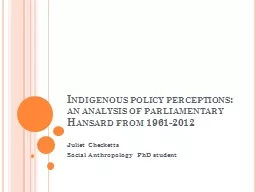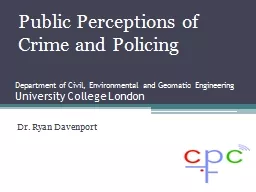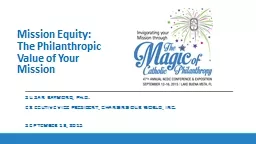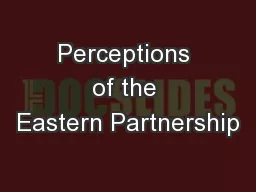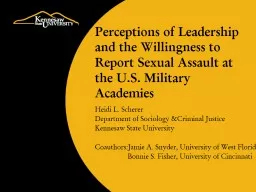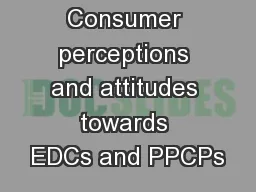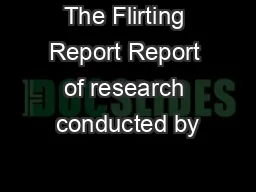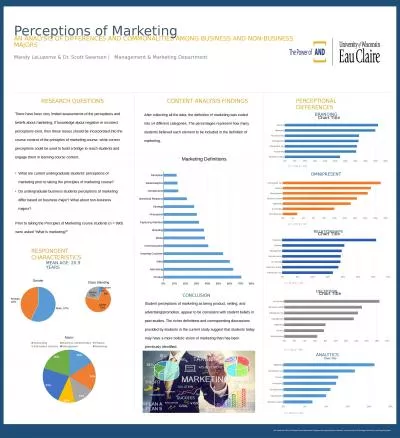PDF-Flirting with Perceptions
Author : ellena-manuel | Published Date : 2015-07-22
1 Running Head FLIRTING WITH PERCEPTIONS Flirting with Perceptions An Examination of Flirting Between the Sexes Jennifer Soltz COM 4930 Gender and Communication University
Presentation Embed Code
Download Presentation
Download Presentation The PPT/PDF document "Flirting with Perceptions" is the property of its rightful owner. Permission is granted to download and print the materials on this website for personal, non-commercial use only, and to display it on your personal computer provided you do not modify the materials and that you retain all copyright notices contained in the materials. By downloading content from our website, you accept the terms of this agreement.
Flirting with Perceptions: Transcript
Download Rules Of Document
"Flirting with Perceptions"The content belongs to its owner. You may download and print it for personal use, without modification, and keep all copyright notices. By downloading, you agree to these terms.
Related Documents




